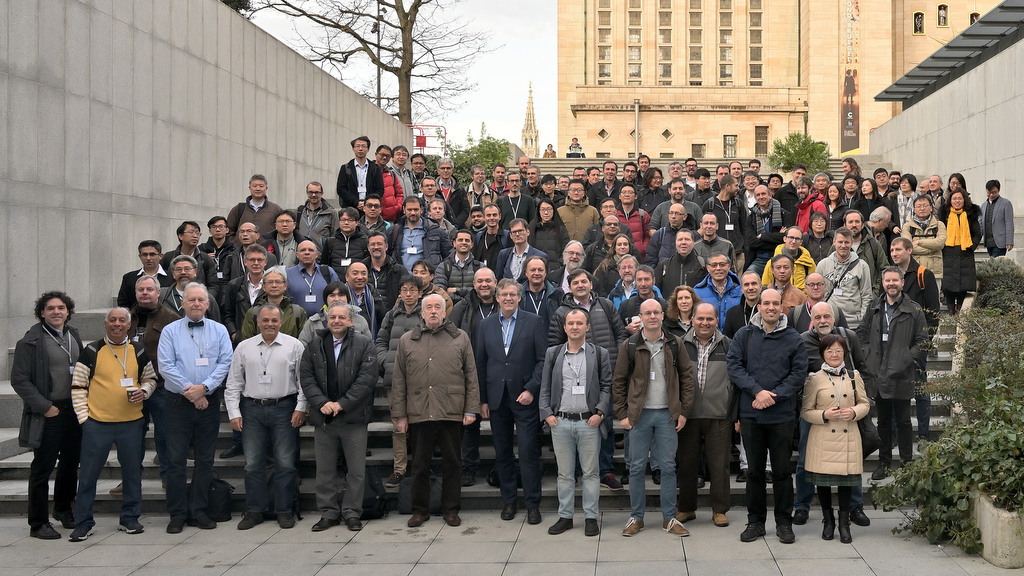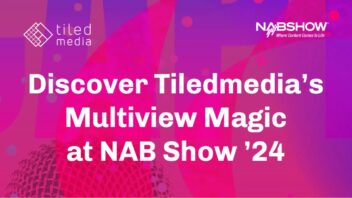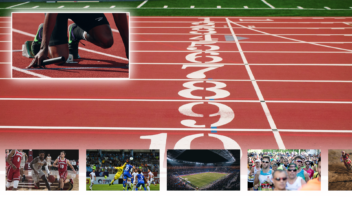ClearVR-based Profile included in MPEG OMAF v.2
28 Jan – ClearVR-based Profile included in MPEG OMAF v.2
The new version of MPEG’s Omnidirectional MediA Format (“OMAF”) includes the “Advanced Tiling Profile” which follows ClearVR principles. The decision was taken in October last year, and has now been formally approved by the countries participating in ISO/IEC standardisation. This OMAF v.2 specification is on track towards finalisation in October this year.
Earlier this month, MPEG held its 129th meeting in Brussels, Belgium. MPEG experts discussed National Body votes and comments on what is called the “Committee Draft” of OMAF v.2. After accommodating the comments, the group updated the specification and then approved it as a “Draft International Standard” (DIS). The national standardisation groups will now consider the updated text and vote again. When those votes are in, MPEG will produce the final text (“Final Draft International Standard”, or FDIS) – this will happen in October.
Improvements and updates
The new OMAF version contains many improvements and updates, including support for overlays and for multiple viewpoints. It also adds a few new profiles, notably the Simple Tiling Profile and the Advanced Tiling Profile.
The Advanced Tiling Profile follows the principles of “late binding”, where the (intelligent) client determines what parts of the 360 video to retrieve at which exact quality and bitrates. Late binding was invented, field-tested and now deployed by Tiledmedia in the ClearVR product suite. We are pleased that MPEG is now incorporating these “late binding” principles in the new OMAF standard.
We explain the advantages of late binding in a bit more depth on our Standards page.
Customers ask for standards
Many of Tiledmedia’s customers have asked us to support international standards, and indeed ClearVR makes good use of a number of important standards. These include HEVC, the MP4 file format and now also OMAF. And speaking of MP4: we are also working in MPEG’s file format group to make the file format more efficient for use with tiled (VR) streaming.
MPEG experts agree that tiled VR streaming is just the first example of a new generation of streaming methods for immersive media. Immersive use cases will benefit greatly from only retrieving the parts of the media that are actually visible (and not more), and only in the quality that they are displayed (and not higher). This allows keeping decoding complexity in check and required bandwidth at reasonable levels.
January 28, 2020
News

Author
Rob Koenen
Stay tuned!



